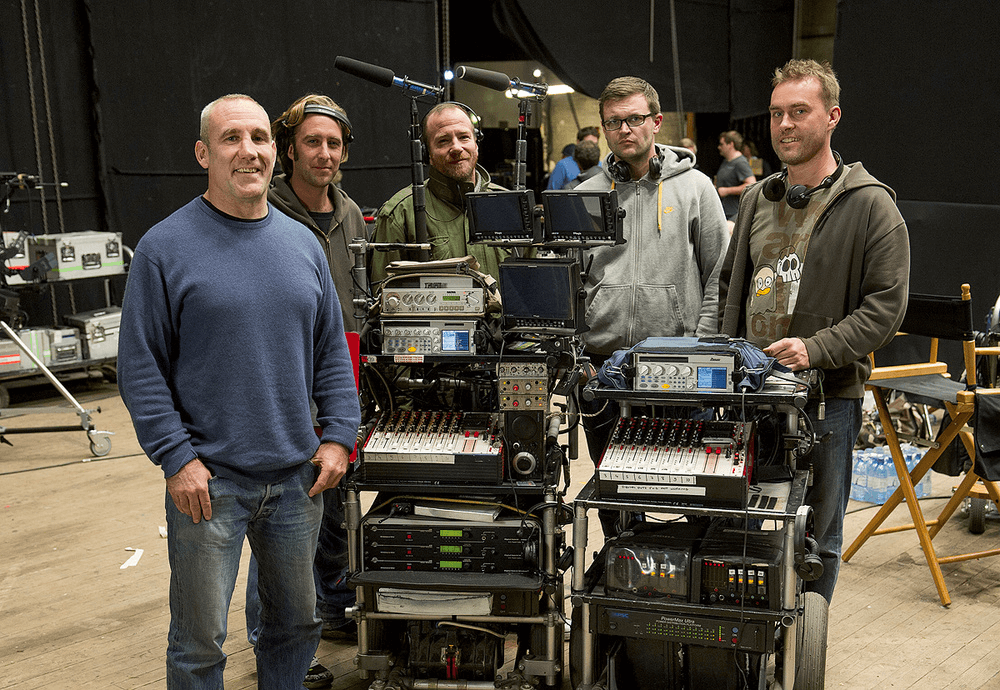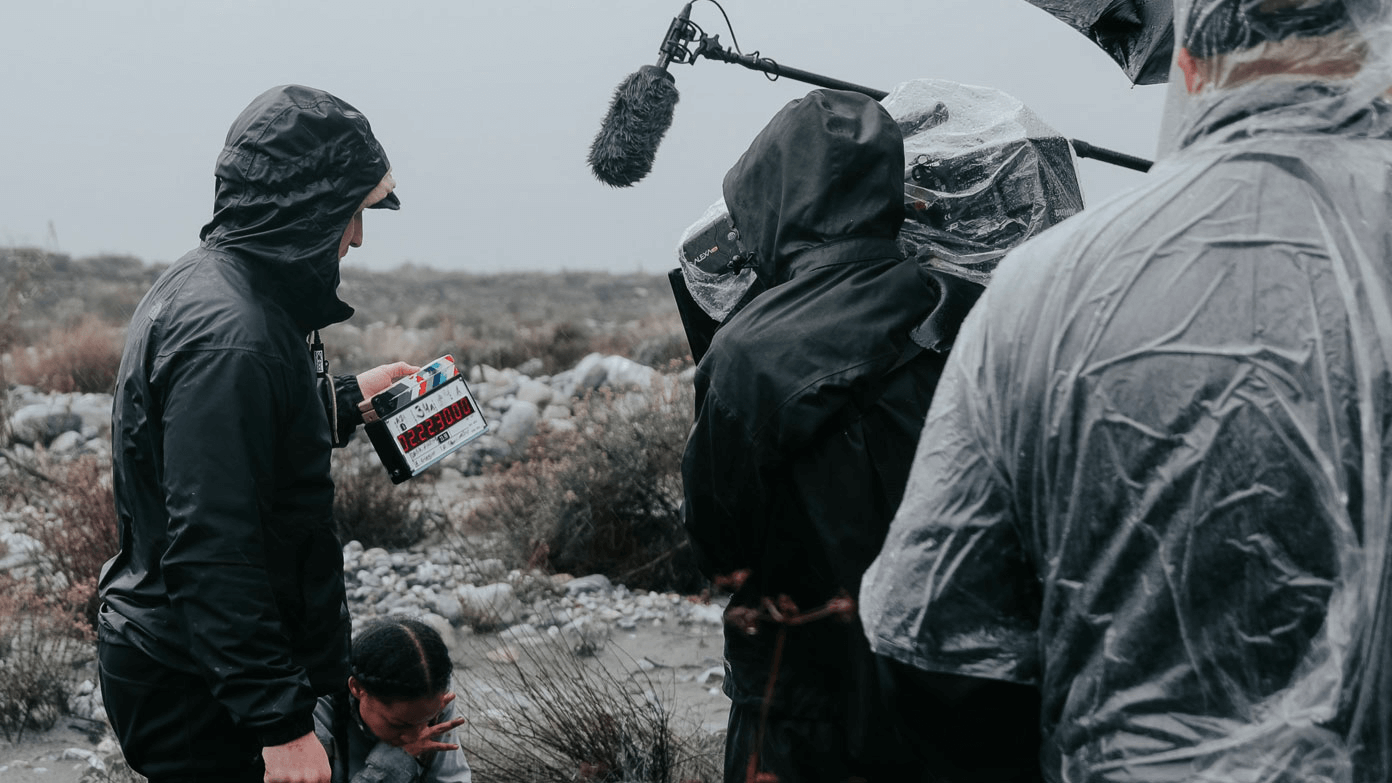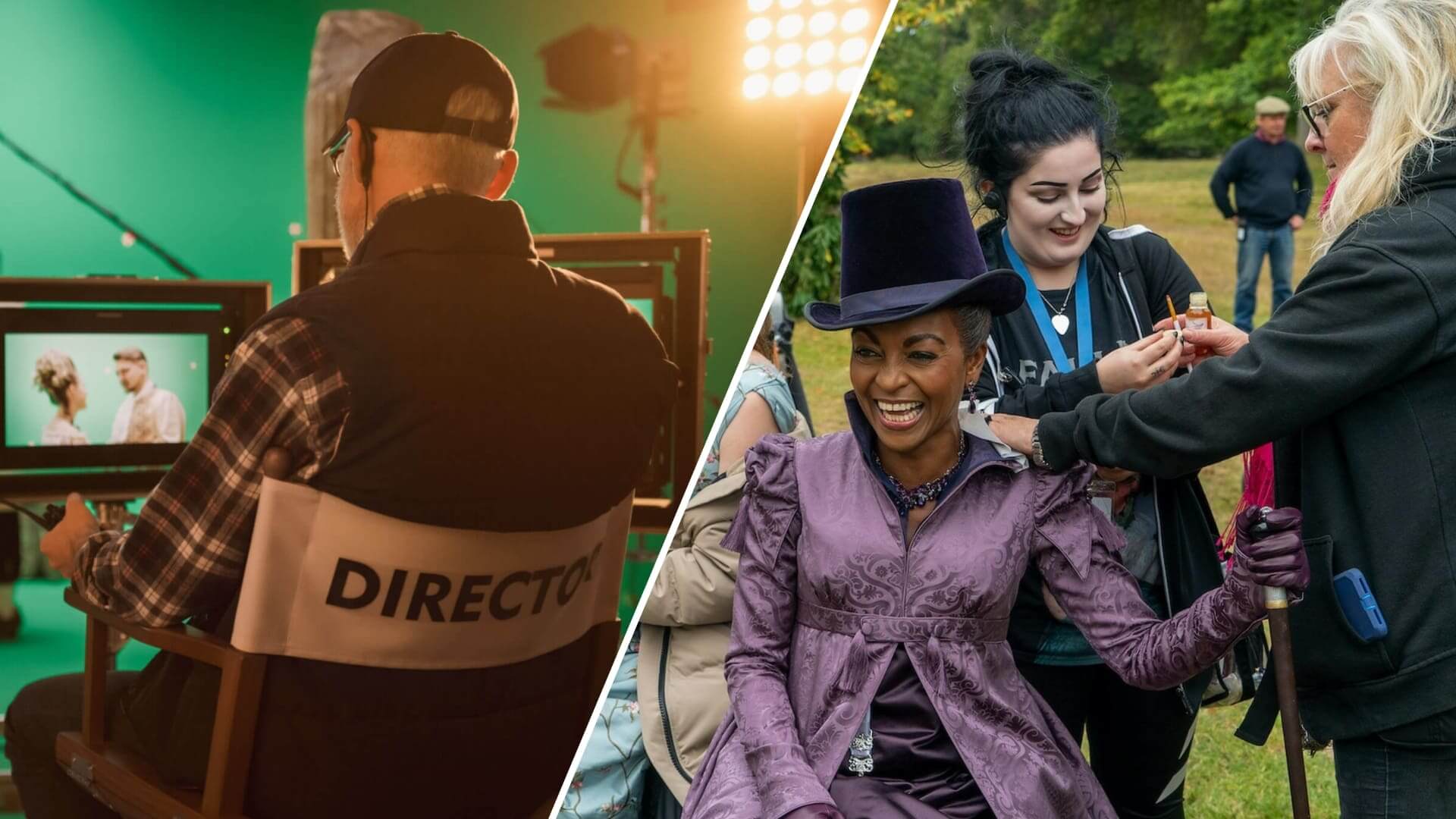N
avigating the world of film production can feel like stepping into an alien landscape, filled with strange jargon that seems to make little sense. Among the most puzzling are the terms “above the line” and “below the line” positions – but fear not, for they’re not as cryptic as they appear. In essence, these terms help us understand the hierarchy of a film set, separating the big decision-makers from the technical wizards.
Above the Line vs Below the Line Concept
The concept of 'the line' in film
Film production is a complex process with a hierarchical structure. The industry uses “above the line" and "below the line" to simplify this structure. These phrases carry significant weight in filmmaking. But what is this line?
LINE FILM DEFINITION
What is the line in film production?
The 'line' refers to the budget and separates creative visionaries from logistical maestros.
'Above the line' individuals guide the artistic direction — directors, producers, screenwriters, and principal actors. Their roles vary, and their salaries often make up a significant portion of the budget.
'Below the line' refers to crew members who bring the vision to life — cinematographers, sound technicians, editors, and more. Their contribution is crucial in creating cinematic magic.
'The line' in film production has its origins in early Hollywood. It initially referred to the differentiation of fixed and variable costs on a budget sheet. Over time, it expanded to encompass divisions of labor and creative input. Today, it distinguishes between key creative contributors and technical staff.
However, this division doesn't imply a hierarchy of importance. Each role, above or below the line, is essential in bringing stories to life on the silver screen.
Above the Line vs Below the Line Differences
Above the line positions
Picture, if you will, a bustling film set. There's a hive of activity, everyone moving with a sense of purpose. Amidst this organized chaos, there are certain individuals whose decisions shape the entire project.
These are the people "above the line."
When we talk about 'above the line' positions, we're referring to the key creative roles in a film project. These are the visionaries who steer the ship, defining the direction of the film from its inception through to its completion.
Producers
Think of producers as the puppet-masters orchestrating the grand spectacle that is a film production. They bring together the right talent, secure funding, and manage the overall operations, ensuring everything runs smoothly and on schedule. In short, they're the ones who turn a mere idea into a tangible movie.
Directors
The director is the beating heart of a film. They breathe life into the script, guiding the actors and overseeing the creative aspects of the film. It's their vision that ultimately shapes the narrative and aesthetic of the movie — they're the storytellers whispering in our ears, painting vivid images in our mind's eye.
Director Paul Thomas Anderson on set
Screenwriters
Screenwriters are the architects of the film's universe. They pen the story, crafting dialogue, characters, and plot. The screenwriter’s script is the blueprint from which all other creative decisions spring.
Principal Cast
The principal cast, or the leading actors, are the faces we see on the big screen. They embody the characters, bringing them to life through their performances. Their talent and star power often play a crucial role in attracting audiences and selling the film.

Parasite principal cast
The roles 'above the line' hold immense sway over a film's outcome. They shape the narrative, influence the aesthetics, manage resources, and ultimately determine whether a film sinks or swims. Their decisions ripple through the entire production, affecting everything from the film's budget to its reception by audiences and critics alike.
However, it is important to remember that although they may be the ones in the spotlight, they are just one piece of the ensemble that collaborates to create the mesmerizing magic we witness on the silver screen.
Related Posts
Above the Line vs Below the Line Film Positions
Below the line positions
Let's compare a film set to a well-orchestrated symphony. The 'above the line' folks are the conductors, setting the tempo and guiding the overall performance. And who are the musicians bringing the music to life?
That's where the 'below the line' positions come in.
Below the line positions are skilled technicians and craftspeople who transform the director's vision into reality. They're the ones operating the cameras, designing the sets, perfecting the lighting, and tweaking the sound. While they may not have the same glamour or fame as their 'above the line' counterparts, their work is just as vital to the success of a film.
Cinematographers
Cinematographers, or directors of photography, are the artists who paint with light and shadow. They determine how each scene is shot, choosing the right camera angles, lenses, and lighting to create the desired mood and atmosphere. They're essentially the film's visual architects.
DP Hoyte van Hoytema
Art Directors
Art directors are the master builders of a film's world. They oversee the design and construction of the sets, ensuring every detail aligns with the director's vision and the film's tone. From a cozy suburban home to an alien spaceship, they create the physical spaces where the story unfolds.
Costume Designers
Costume designers are the film's fashion gurus. They design the costumes that help define the characters and convey their personalities, backgrounds, and roles in the story.
Whether it's a sleek superhero suit or a period-accurate Victorian dress, they play a key role in making the characters feel real and relatable.
Sound and Lighting Crew
The sound and lighting crew are the unsung heroes of a film set. They control the microphones, speakers, lights, and other equipment that help create a film's auditory and visual atmosphere.
Their work can elevate a scene from ordinary to extraordinary, subtly guiding the audience's emotional response.

The Les Misérables Sound Team
Other Technical and Support Staff
Beyond these roles, there are many other technical and support staff involved in a film production. From editors who piece together the final film, to makeup artists who ensure every actor looks their part, to runners who keep everything moving smoothly on set — each plays a vital role in the filmmaking process.

Below the line film positions
In the grand symphony of a film production, 'below the line' positions are the orchestra. They may not be the conductors, but without them, there would be no music.
From the first frame to the last, their work is evident in every detail we see and hear on screen. They bring authenticity and believability to the story, making us forget for a moment that we're watching a film and instead transporting us into its world.
In the universe of filmmaking, every role, whether above or below the line, is integral to the creation of cinematic magic. It's a symphony where each participant, from the director to the sound crew, plays a distinct note. Recognizing the value of each position aids not only in understanding the dynamics of the industry but also in fostering a healthier, more equitable environment.
Up Next
Ultimate Guide to Film Crew Positions
Now that we've explored the importance and contributions of 'below the line' positions, let's dive deeper into the specifics of various film crew roles in our next article.
